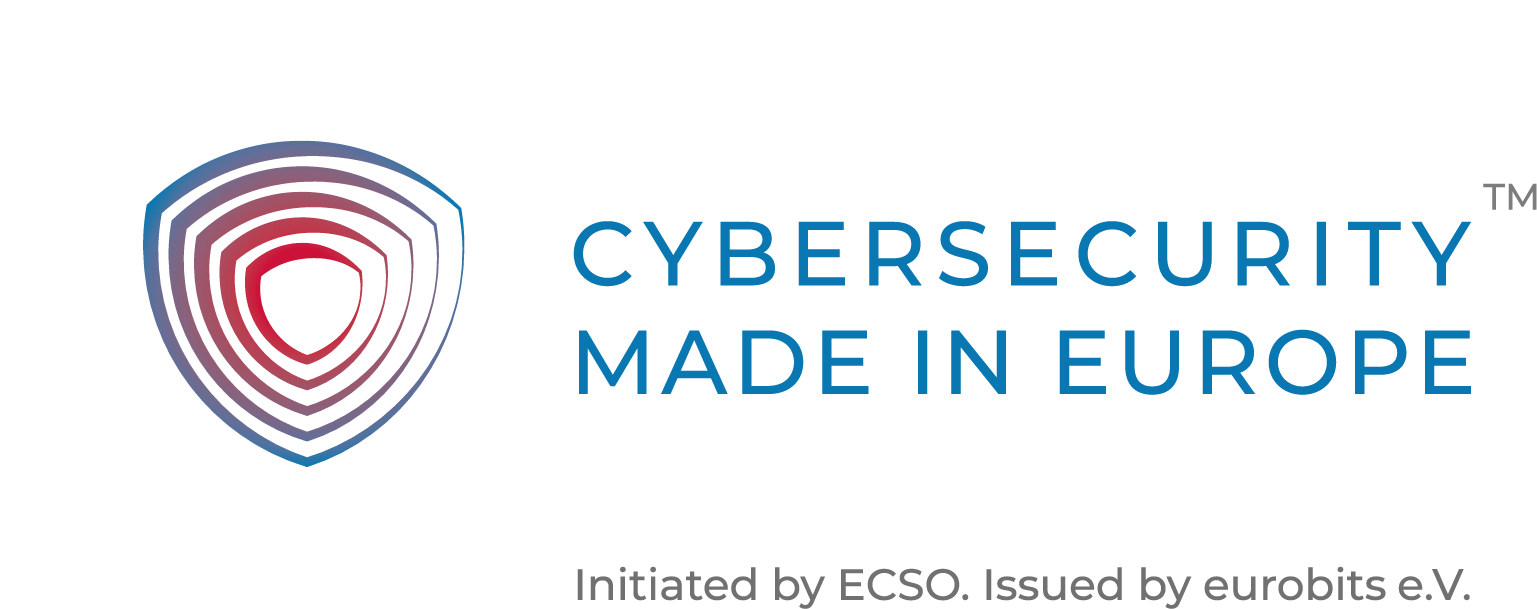
A month into the new year, we‘ve already seen just as many forecasts from industry leaders, influencers and almost every IT security blogger out there. What they predict is not much different from what we already (should) know: it is getting worse. Data breaches, vulnerabilities and ransomware make up for most of media outlets, viral content and news in IT in general. The race between attacker and defender is still on. Every time you upgrade your defence, you find another loophole. Or even worse: you don‘t, but a hacker does, which makes patch management and asset management as annoying and – if we might add – exhausting as it was last year. If you‘ve been around long enough, you might start asking yourself if it is ever going to stop? Spoiler alert: it won‘t.
We‘ve gathered the most important outlooks for this year for you and sat down with Carsten, who has been a fellow geek at CYBERTRAP for many years now, to put these cybersecurity threats into perspective.
Hot stuff #1: Ransomware is not all there is
According to a recent study, weekly attacks worldwide have increased by 40 percent within the last year. One in 61 companies was hit by a ransomware attack every week. [1] Veritas assumes that after a successful ransomware attack, managers in particular from KRITIS organizations will have to prove that they have had all the necessary measures set up. If negligence is proven to them, they could not only lose their jobs, there are also legal consequences.[2]
Carsten: Ransomware is only the last piece of the puzzle. The problem is rooted on a deeper level (literally). Automatic exploitation of vulnerabilities, sleepers in the network, human error and social engineering has to be taken into consideration long before any ransomware pops up on your screen.
Just like you‘d get an insurance for your car or a proper alarm system for your house, investing into preventive detection techniques like deception technology is not (yet) on every CFO‘s agenda. Why the CFO and not the CTO? Because the latter doesn‘t have to release money for a data breach, reputational loss or double extortion after a ransom money claim.
Hot stuff #2: Supply chain and the cloud
The number of solutions with which the requirements and the data can be recorded, archived and viewed has grown immensely. Many companies lack the resources to continuously manage the tools, according to Eric Waltert, Regional Vice President DACH, Veritas Technologies. We are living in a world of data overload. A large part of the data is “dark data”, which is processed and stored, but an average 30% of that content (and therefore, its value) is unknown.[3]
Carsten: Don‘t get me wrong, the cloud makes a lot of stuff more comfortable especially when working remote or during a pandemic. Unfortunately, comfort is very close to blind trust and the almost endless options allow you to put everything online. That is frightening.
I believe most of the companies don‘t even know how much value their data has, because they neither have the time nor skills to properly monitor their tools, partners and data. Do you ask every single IT contact in your supply chain, if they changed something as inessential as a webcam manufacturer in their lab? No you don‘t. Would you send your 10 year old to the copy shop an hour away to get his or her homework downloaded from the school‘s server? A cybersecurity professional would set up a dedicated DMZ for the kids instead. But you probably wouldn‘t.
Hot stuff #3: It‘s not me, it‘s them!
Digitization, cloud & remote work have eliminated traditional security boundaries. With zero trust, no user or device is trusted unless authorized and on the rise to replace current security concepts. A A recent study about political and social issues of 2021 has shown that 46% of surveyed users in Russia assumed that one of their online accounts (e.g. email, social media, banking) would be hacked in the future. Only 21% of those surveyed in Germany considered this scenario to be likely. [4]
Carsten: Don‘t trust zero trust. Multifactor authentication just makes social engineering employees to give away their trusted credentials more interesting. Also, don‘t assume you and your company are unimportant enough to be spared. Hackers usually don‘t start with the big fish. They work their way up. With ransomware and cybercrime-as-a-service getting more and more popular, small companies become a lucrative (mass) target.
About Carsten Keil
 Carsten is an experienced sales specialist for security, account management of international corporations and enterprises at CYBERTRAP. He loves to t
Carsten is an experienced sales specialist for security, account management of international corporations and enterprises at CYBERTRAP. He loves to t
You can connect with him on Linkedin.
You might also be interested in:
- SMEs are the most affected by cyber attacks in relation to their company size.
- How to make life difficult for hackers with deception
- Why does it take an average of 56 days to detect a hacker attack?
Sources mentioned in the article
[2] https://www.zdnet.de/88398438/techtrends-2022-ransomware-und-compliance/
